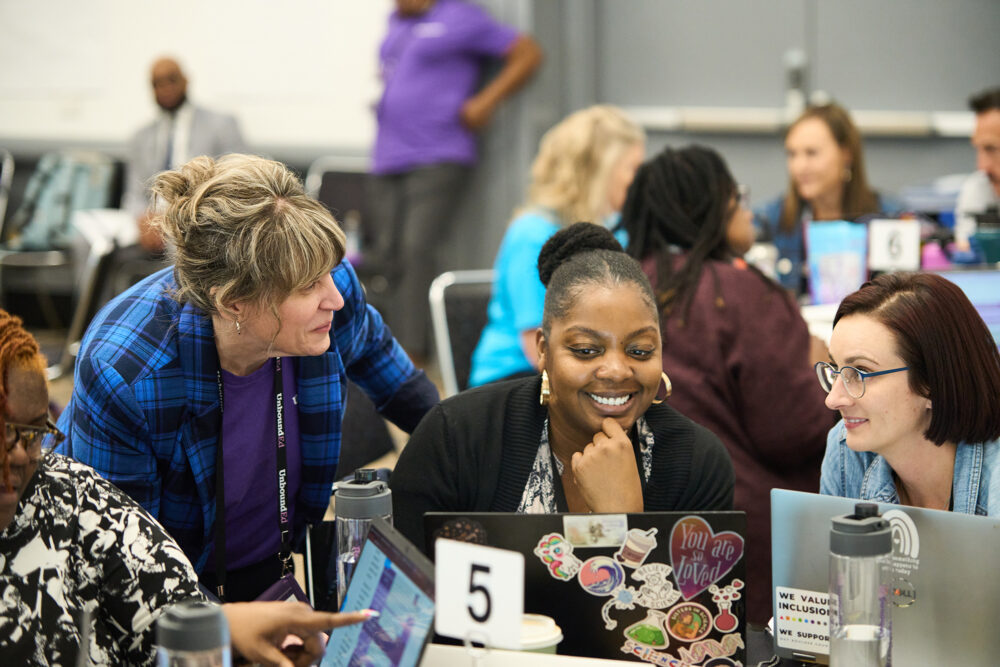
We have shared what GLEAM science instruction can look like, as well as the value of using phenomena to introduce science units and lessons. But a big part of the story is how science relates to other subjects. Like many organizations working to change our educational system, we have for many years focused our offerings on mathematics and ELA instruction. Why is science often overlooked in this way? And is it so different from other subjects? What critical connections exist between science, mathematics, and ELA that can help improve learning for all students? Let’s take a closer look.
Overlooked subject
Unfortunately, we enter this conversation about science teaching and learning amid the reality that science is often overlooked. Our recent Standards Institute keynote speaker Natalie Wexler reported in 2020 on an ACT survey of educators that revealed the degree to which science, as well as social studies, is a marginalized subject in schools today. “In the recent survey…teachers reported that [science and social studies] got less than two hours a week, or about 25 minutes a day.” The study affirmed a truism among educators: “What gets tested,, gets taught.” Federally mandated state testing in mathematics and ELA, it seems, has unintentionally incentivized schools to allocate less time to science and other subjects.
It seems our “Sputnik Moment” faded with history. We reached the moon at a time when science instruction was an American education imperative. Our political leaders communicated to the public the urgency to develop and graduate scientists, engineers, and mathematicians for the sake of American dominance in space and the world stage. And, we did it. With scientific and technological advances growing exponentially every day, we have new reasons to equip students to lead and thrive in industries that don’t even exist today.
Even the COVID-19 pandemic, a scientific and catastrophic global event, didn’t raise science instruction’s profile. A recent study from the Public Policy Institute of California indicated that science became an even lower priority during this period. Support for science education was limited, and “only 27 percent of the districts…made science a high priority in their recovery plans, whereas more than 80 percent prioritized math/ELA.” Again,we find that science has been overlooked in favor of mathematics and ELA.
The overall approach to science as a deprioritized subject has caused our students to suffer. As Education Week reported in 2021, “Fewer than 1 in 4 high school seniors and a little more than a third of 4th and 8th graders performed proficiently in science in 2019.” Science scores from the National Assessment of Educational Progress have mostly been stubbornly flat or in decline for many years. Unfortunately, the Education Week article continues, “Only a little more than a third of 4th graders could consistently explain concepts such as how forces change motion, how environmental changes can affect the growth and survival of animals or plants, and how temperature affects the state of matter.” We take these sobering results as a call to action to do better.
Compatibility with other subjects
While schools have been overlooking science, the capacity of the subject to engage students and support students’ mathematics and ELA development is boundless. As we have written about before, students come to us curious about the world around them; we see all students as budding scientists and engineers. And science can be a key not only to engaging students in school, but also a venue for reinforcing reading, writing, computation, and problem-solving skills. Here are some critical considerations for connecting science to work in other subjects:
- Citing evidence from complex texts. Science class provides a key opportunity for students to grapple with complex texts. As students examine new contexts and phenomena and solidify their learning of new science concepts, using grade-appropriate complex texts can be an important tool. Doing this reinforces literacy skills and provides another source of informational texts. Of course, while reading and science instruction are mutually reinforcing, this is not to say that science instruction should be replaced by non-fiction reading instruction exclusively. Students can have opportunities to practice reading grade-appropriate complext texts in science class, while also focusing on making sense of phenomena and engaging with other science and engineering practices. .
- Building knowledge. Learning science is actually critical to learning to read. Understanding concepts in life and physical science aids our comprehension of texts, generally; students must experience a knowledge-rich curriculum to progress in their literacy skills, and science class is a critical arena for doing this.
- A venue for writing, speaking, and listening. Many of the NGSS science and engineering practices are also highly related to ELA and social studies skills. For example, Practice 7: Engaging in argument from evidence is a highly transferable skill, as is Practice 8: Obtaining, evaluating, and communicating information. When teachers can collaborate across subject areas, they can hone and bring to life a powerful vision for student writing, speaking, and listening that cuts across disciplines.
- Crosscutting Concepts. Similarly, the NGSS Crosscutting Concepts provide another lens for transferable knowledge and skills. When students are observing and explaining patterns or understanding cause and effect in science class, they are engaging in academic practices that will be useful in a variety of other contexts, such as social studies and analysis of literature.
- Application in Math. True mathematical understanding requires a balance of procedural skill and fluency, conceptual understanding, and the ability to apply mathematical concepts to real-world contexts. Science class is, again, an excellent arena for students to be able to use arithmetic and algebra that they are learning in math class to apply to “real-world” situations and employ mathematical models.
- Mathematical Practices. Students work as mathematicians, not just by performing computations but by solving problems, constructing arguments and models, and making generalizations. The NGSS science and engineering practices overlap significantly with these ideas and offer yet another opportunity for students to employ their higher order thinking skills.
What it means
Our current educational landscape has unfortunately seen resources and attention drift away from science instruction. Our country’s focus on math and ELA testing, the COVID-19 pandemic, and other forces have combined to limit opportunities for students to learn science. Yet there is true opportunity evident at the intersection of science, ELA, and mathematics instruction! Science is a necessary subject for students to develop as readers, writers, and problem-solvers; similarly, science provides fertile ground for students to apply their literacy and problem-solving skills. Here are some questions for leaders to consider to reprioritize science instruction:
-
How are resources allocated? Consider not only budget, but also the time, professional development, staffing, materials, and other resources allocated to science. How do they compare to other subjects?
-
What interdisciplinary structures and professional learning are being offered? What opportunities are there for ELA, math, and science teachers to learn the ways that their subjects are mutually reinforcing?
-
What is being communicated to parents? How have school messaging, student homework, and other signals to families signaled the relative (un)importance of science?
Science is a critical subject for students to learn during an age of rapid ecological and technological change. By taking the time to prioritize science, and see all students as young scientists and engineers, we can build engagement in school and ensure all students are meeting their full potential.
After years of work focused on mathematics and ELA, UnboundEd is excited to delve into the world of K-12 science education. This is the third blog in a series exploring science instruction–please check out the first and second ones too! We invite you to engage: Please let us know what you think and share with your colleagues!
Next steps with GLEAM®
Choose the path that fits your team

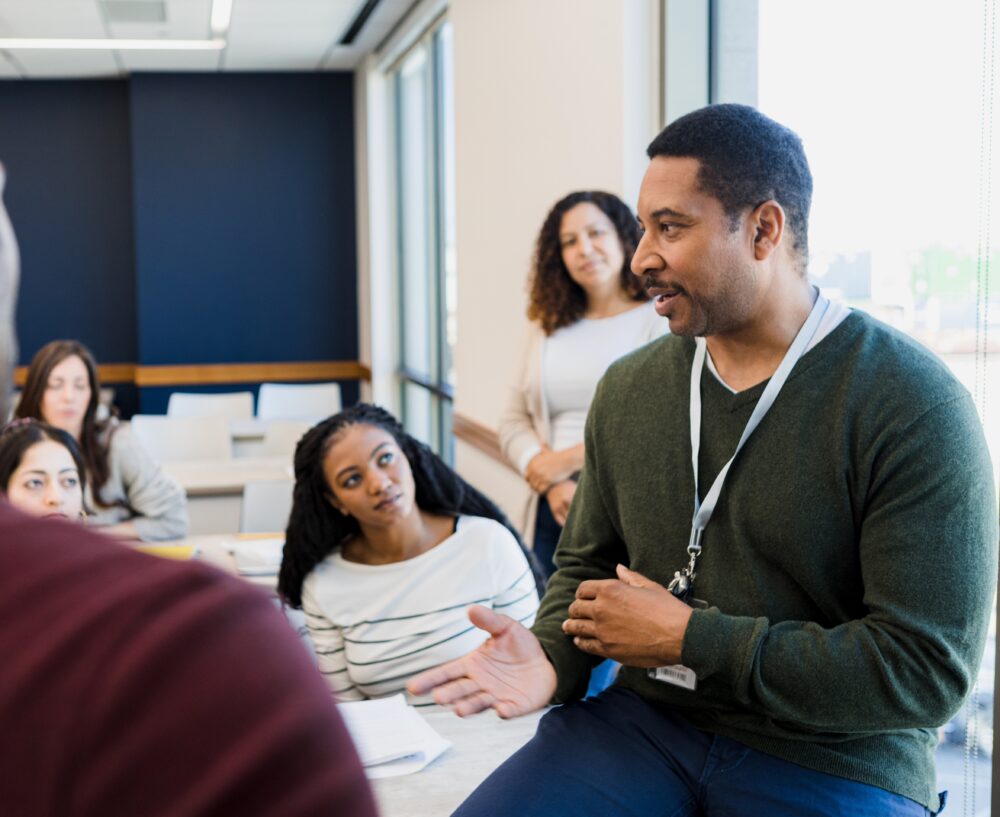
UnboundEd Summits
Accelerate your instructional vision and build educators’ skills and expertise with a virtual or on-site Local Summit.
Learn More ➜

In-Service Workshops
UnboundEd’s dynamic, hands-on workshops build educator capacity by focusing on timeless, cross-disciplinary instructional moves that drive effective instruction, rigor, and student empowerment.
Learn More ➜
Online Math Academy
UnboundEd’s Online Math Academy courses enrich educators’ content knowledge and instructional practices to unlock all students’ math potential.
Learn More ➜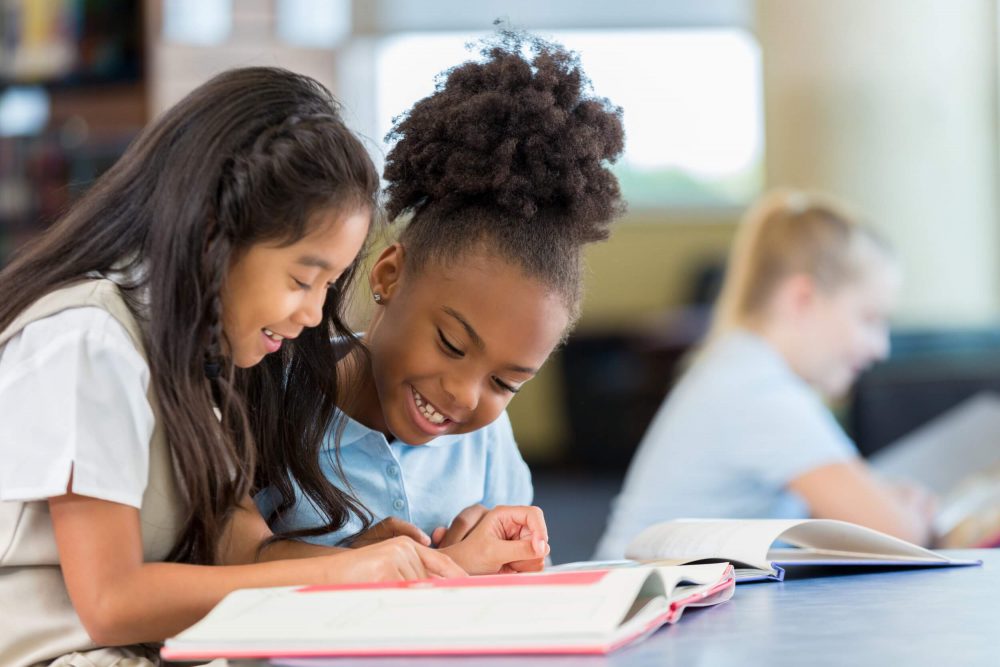
Curriculum Adoption
Ensuring quality materials are adopted and used effectively is crucial to improving outcomes and requires a strong instructional materials selection process. We’re here to share guidance and support on leading a rigorous and collaborative curriculum adoption process to select the right materials for your context and goals.
Learn More ➜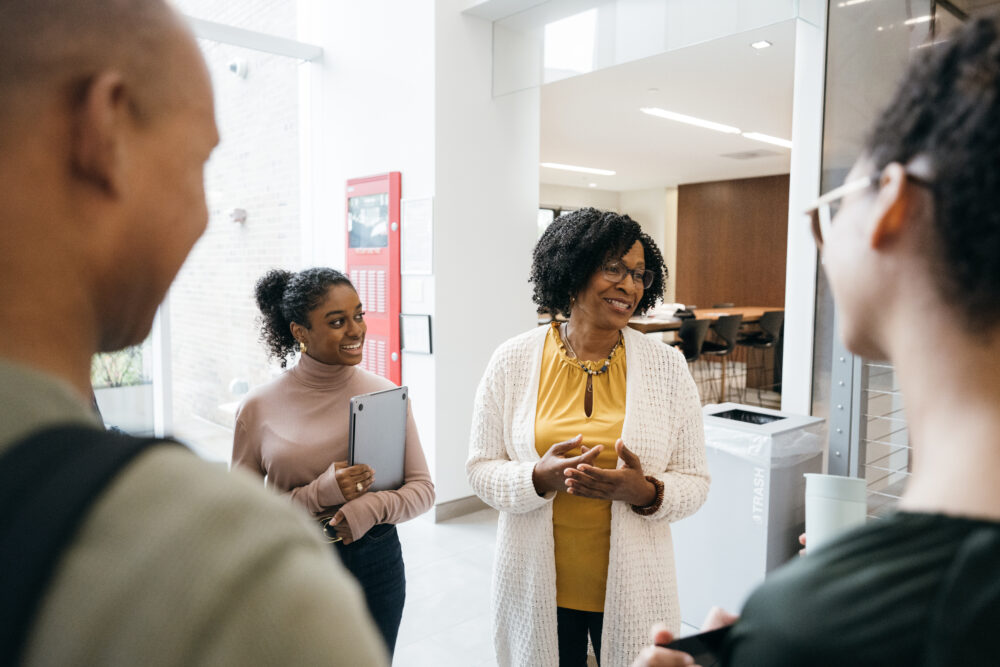
Curriculum Implementation
Just getting started, or need to get back on track? We work with you on a shared vision and an actionable plan for curriculum success.
Learn More ➜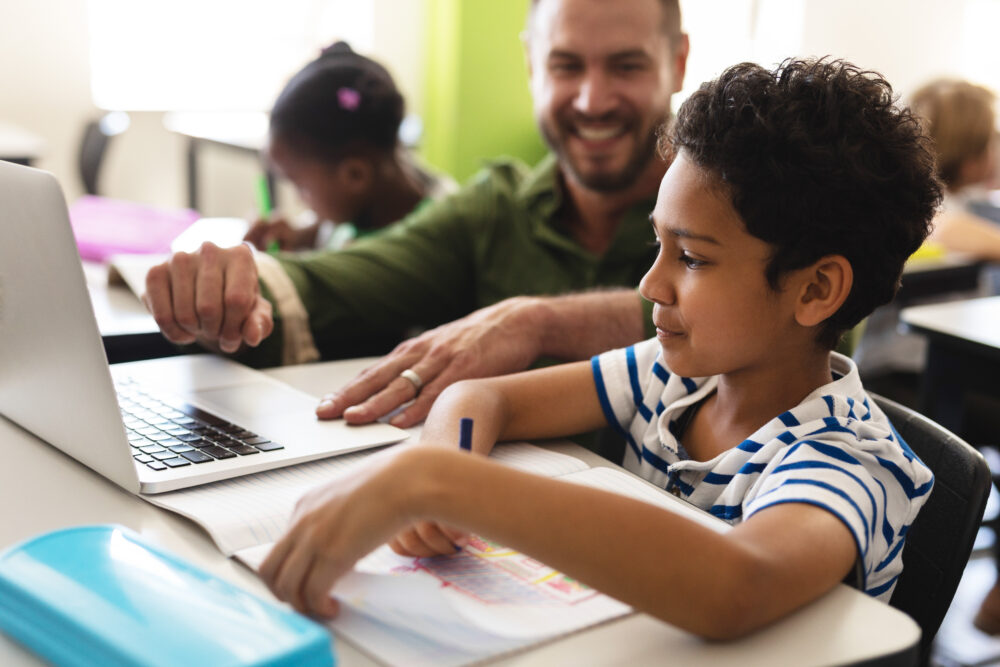
Literacy ReclaimEd
Improve literacy instruction and better meet the unique needs of every student.
Learn More ➜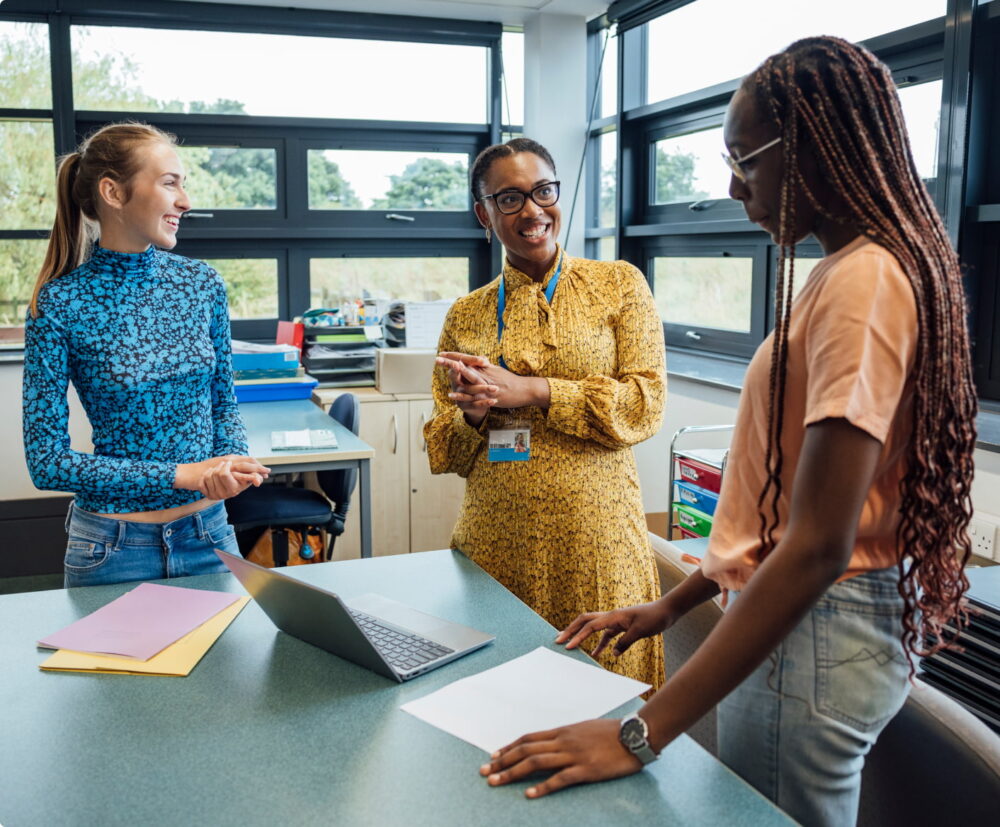
GLEAM® Inventory
Build your team’s understanding of grade-level, engaging, affirming, and meaningful –GLEAM®– instruction and transform how you serve all students in your district.
Learn More ➜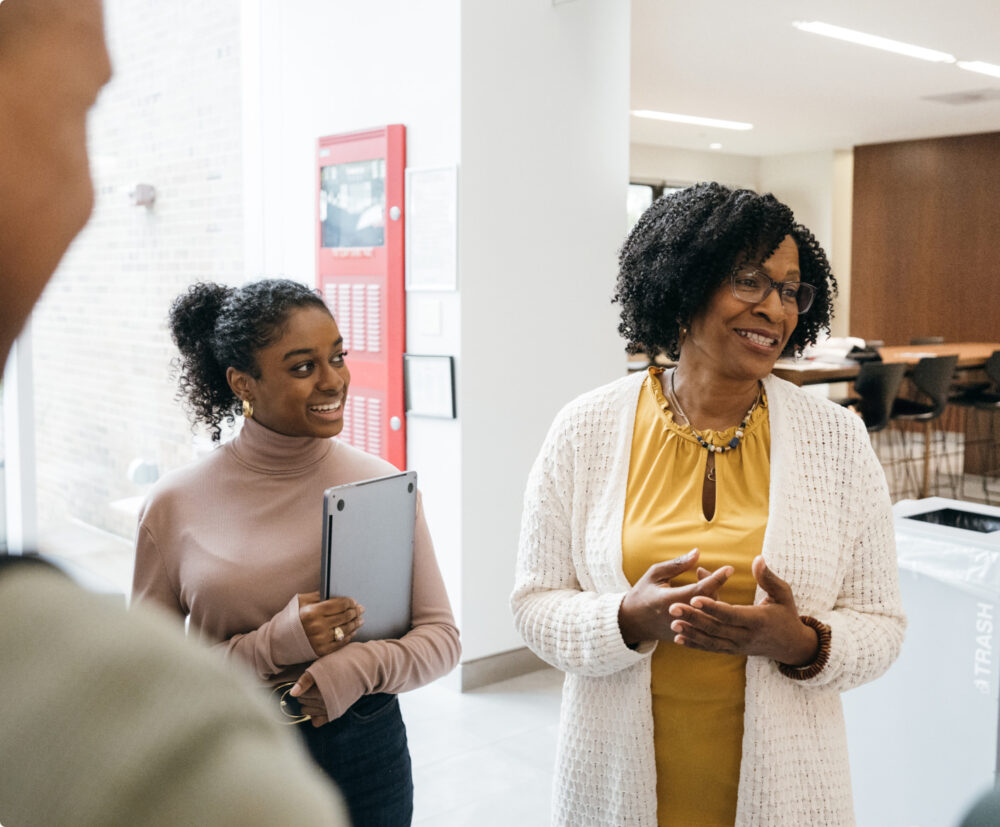
Speaking Engagements
Our experts offer inspiring, thought-provoking messages and conversations that will get your team thinking creatively about shifting mindsets and changing practice.
Learn More ➜
California Math Curriculum Adoption and Launch Cohort
Prepare to adopt and launch high-quality mathematics instructional materials with no-cost, grant-funded support from UnboundEd.
Learn More ➜